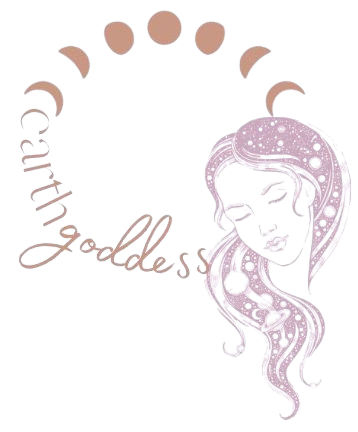Hi, Welcome back!

Quick Links
Visit Us
Sunbury, Victoria
Australia, 3429
Tel: 0414 533 055
Email: info@earthgoddess.com.au
WORKING HOURS
Monday – Friday
09:00 am – 09:00 pm
Saturday – Sunday – Closed
Newsletter
Stay up to date with our latest news, receive exclusive deals, and more.
